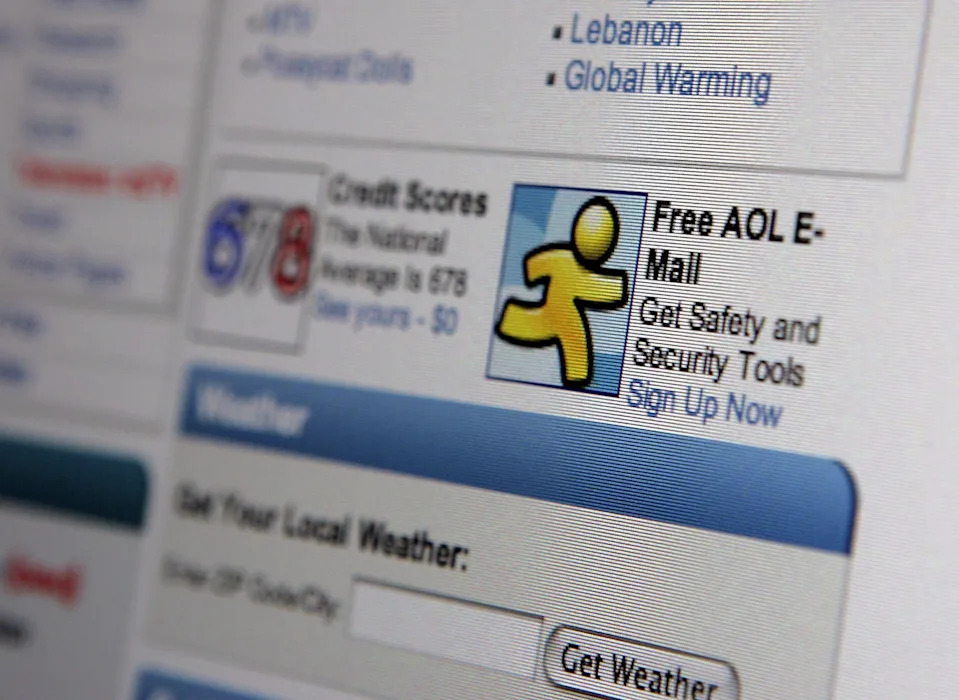AOL has officially shut down its dial-up internet service, marking the end of one of the most recognizable chapters in internet history. Once the primary gateway to the online world for millions of households, the service is now a relic of a bygone era.
The End of a Cultural Icon
For decades, AOL’s dial-up was synonymous with the internet experience. Its iconic screeching modem tones and the famous “You’ve Got Mail” greeting introduced millions to email, chat rooms, instant messaging, and online communities. At its peak in the late 1990s and early 2000s, AOL boasted more than 23 million subscribers, dominating the market as home computing went mainstream.
Technology Leaves Dial-Up Behind
The decision reflects how far digital infrastructure has advanced. With the rise of high-speed broadband, fiber-optic networks, and 5G, the slow and noisy dial-up service became obsolete. While AOL had long since pivoted toward email, news, and digital content, it continued maintaining dial-up in limited rural areas where broadband options were scarce. Today, even those users have alternatives, paving the way for the shutdown.
A Symbolic Moment
Industry observers say the shutdown is as symbolic as it is practical. “AOL dial-up was a cultural icon,” one analyst remarked. “It introduced an entire generation to the internet, transforming how people connected, communicated, and consumed information.”
Nostalgia for the First Wave of the Web
The end of AOL dial-up underscores the internet’s rapid evolution. What once felt revolutionary—waiting minutes for a single webpage to load—is now unimaginable in an age of HD streaming, cloud computing, online gaming, and AI-driven platforms. Still, for many, the shutdown evokes nostalgia, recalling a time when going online felt like exploring uncharted territory.
While the familiar dial-up tones will never again connect households to the web, they remain etched in digital history as the soundtrack of the internet’s first wave.

